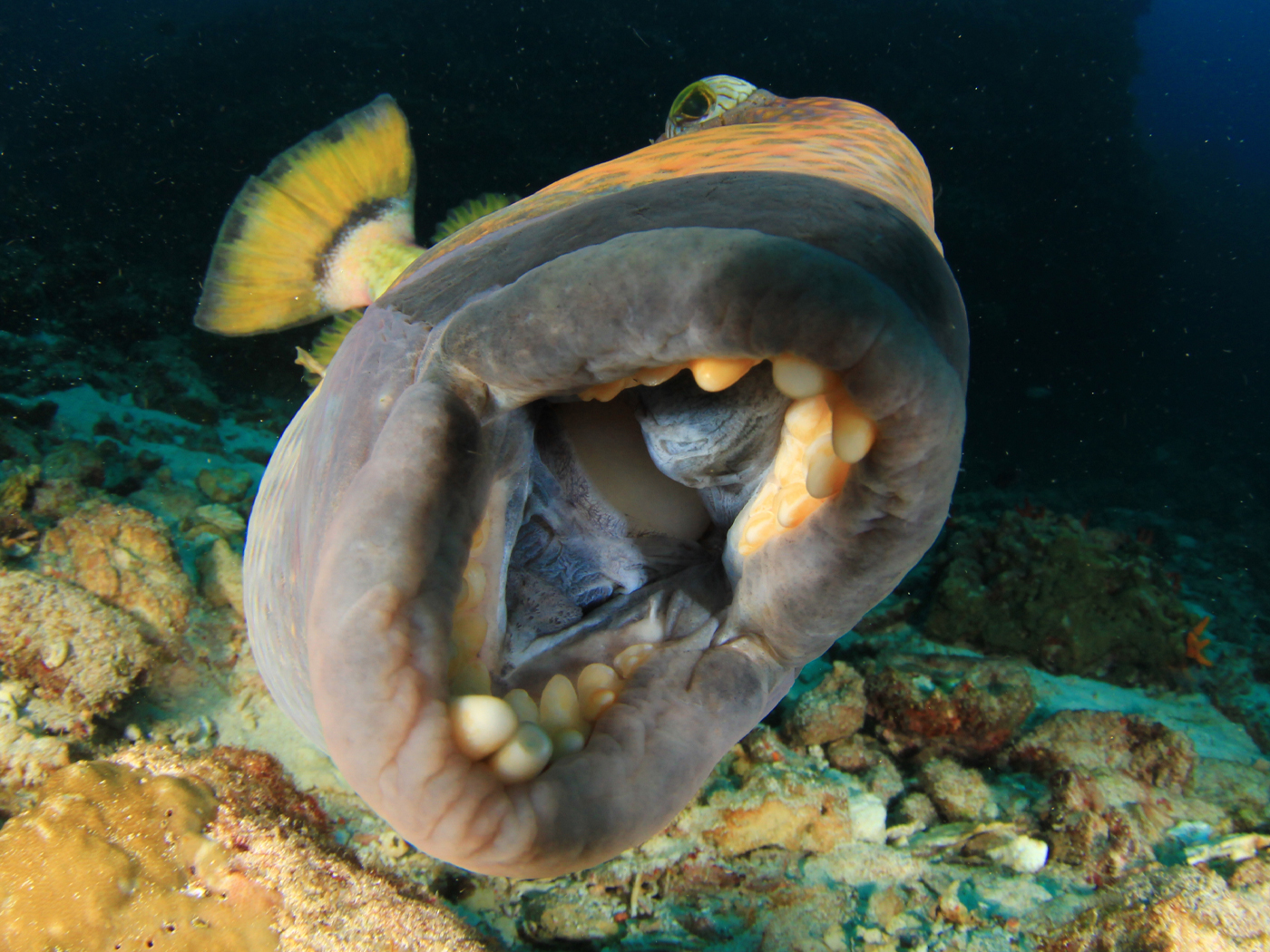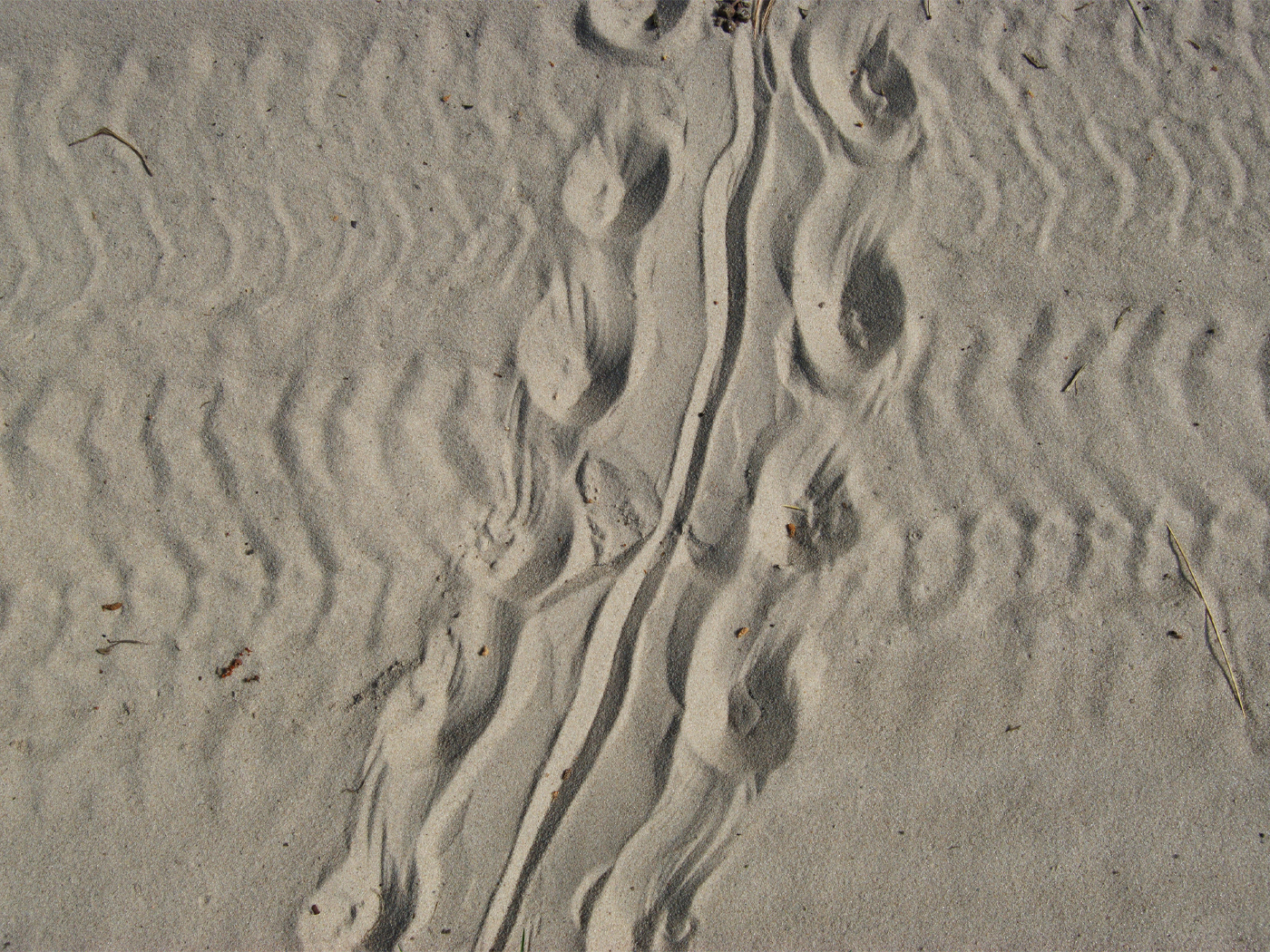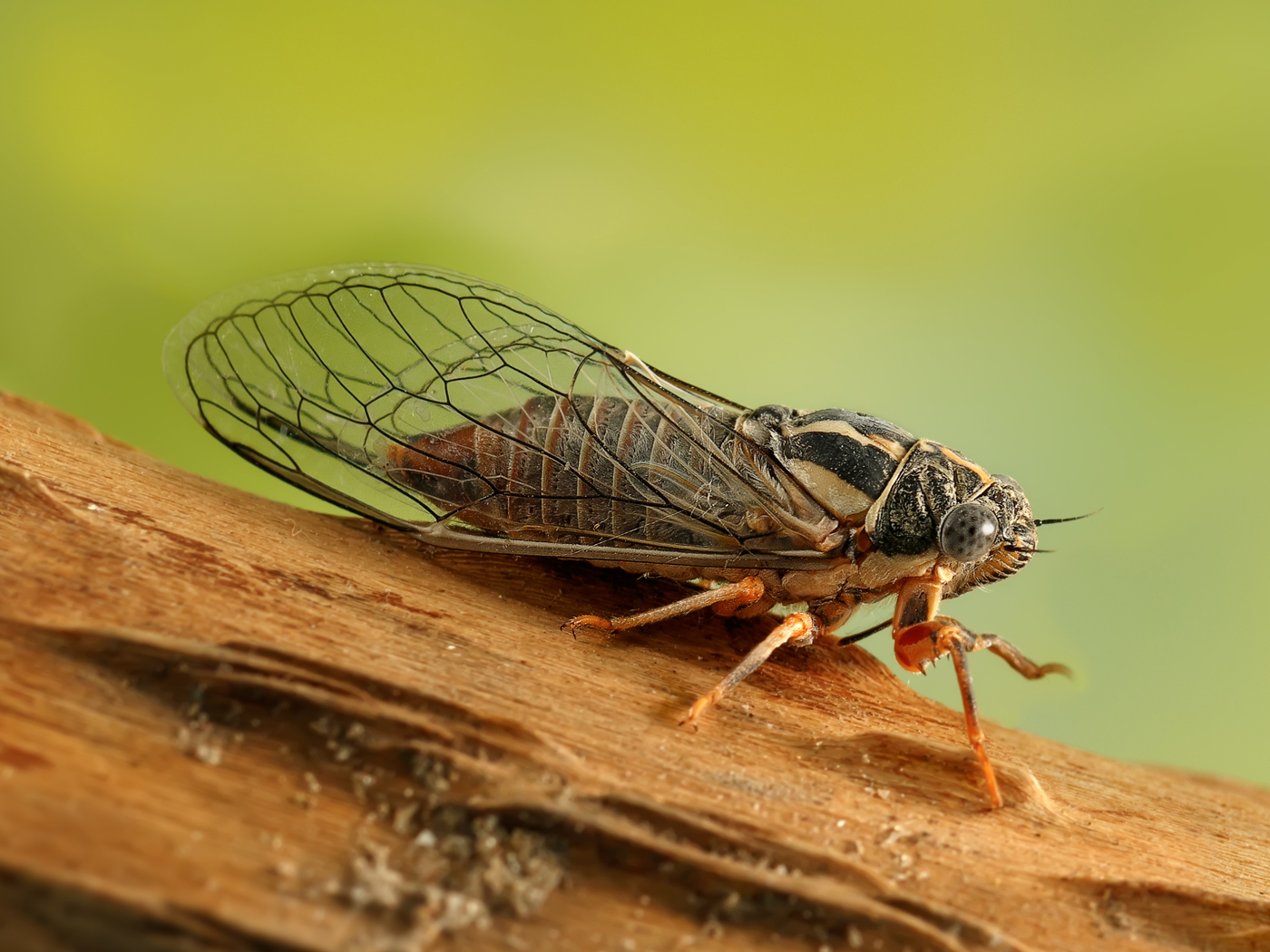Marine biologists made a surprising discovery in 2002 when they found a unique species of worm that devours the bones of whale carcasses on the ocean floor. Ongoing research conducted off the coast of California has uncovered much more about these sea floor worm-based ecosystems, and the discoveries have provided more insight into the fossilization of vertebrate bones.
Using unmanned submersibles equipped with cameras, the researchers found more species of Osedax, the name for worms that can break down bones to the point that specialized snails and crabs can dine on the rest of the material. Together, these species comprise an interconnected and efficient bone-recycling system.
The worms have no mouth or gut, but each has a set of roots that secrete a mucilaginous "home" colonized by symbiotic bacteria. The detailed interactions between the worms and bacteria are not fully understood, but evolutionary biologist Robert Vrijenhoek, who first discovered the Osedax worms and has remained involved in the research, told the San Francisco Chronicle, "The worm's roots are packed with bacteria. We know that the worms derive some of their nutrition by digesting the bacteria."1
What his team found was an unexpectedly rapid scavenging process that occurs via certain worm species that inhabit specific ocean floor depths. And assuming that similar worms were alive when and where large vertebrates were buried in sediments and fossilized, the speed of the degrading action of the worms, snails, and crabs suggests a maximum time limit for any fossilization process.
Fossils have been found with a few Osedax worm burrows in them.2 But considering how rapidly skeletons were completely demolished in these recent experiments, it stands to reason that the process of fossilization must have occurred quickly. Fast, catastrophic sedimentation is an integral part of the global Flood model, and this evidence refutes evolution-friendly claims of slow and gradual fossilization.
In other words, with the worms doing their work so quickly, how could fossils of large vertebrates ever form…let alone those of small vertebrates…unless they formed faster than the worms could devour them?
Since rapidly moving and receding waters during the Flood year were responsible for much of the earth's fossils, it would be a surprise to find vertebrate skeletons that had stayed in one place and been exposed to scavengers long enough to host many Osedax worms. Accordingly, some rare fossils do have pits from worm and other bone-borer action, but it generally looks as though the worms only just got started, if at all.2
The lack of significant Osedax action in vertebrate fossils fits with the idea that the fossils formed quickly, not gradually. And this fits with a Genesis Flood explanation for how so many fossils were formed around the world.
References
- Fimrite, P. Bizarre worms that eat whale skeletons discovered. San Francisco Chronicle, January 13, 2011, A-1.
- Thomas, B. No Time for Bone-eating Worm to Evolve. ICR News. Posted on icr.org May 13, 2010, accessed January 21, 2011.
Image credit: © 2003 MBARI
* Mr. Thomas is Science Writer at the Institute for Creation Research.
Article posted on February 9, 2011.













